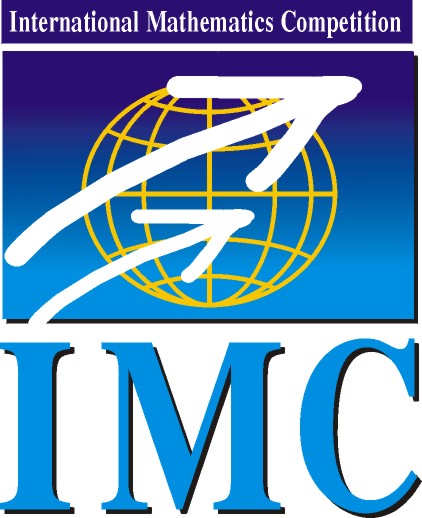
|
International Mathematics Competition
|
IMC 2026 |
| Information | Schedule | Problems & Solutions | Results | Contact |
IMC2024: Day 2, Problem 6
Problem 6. Prove that for any function \(\displaystyle f\colon\mathbb Q\to\mathbb Z \), there exist \(\displaystyle a,b,c\in\mathbb Q\) such that \(\displaystyle a < b < c \), \(\displaystyle f(b) \geq f(a) \), and \(\displaystyle f(b) \geq f(c) \).
Mehdi Golafshan & Markus A. Whiteland, University of Liège
Solution 1. We can replace \(\displaystyle f(x)\) by the function \(\displaystyle g(x)=f(1-x)\), so without loss of generality we can assume \(\displaystyle f(0)\le f(1)\).
If \(\displaystyle f(1)\ge f(2)\) then we can choose \(\displaystyle (a,b,c)=(0,1,2)\). Otherwise we have \(\displaystyle f(0)\le f(1)<f(2)\).
If there is some \(\displaystyle x\in(1,2)\) such that \(\displaystyle f(x)\ge f(2)\) then we can chose \(\displaystyle (a,b,c)=(1,x,2)\); similarly, if there is some \(\displaystyle x\in(1,2)\) with \(\displaystyle f(x)\le f(1)\) then choose \(\displaystyle (a,b,c)=(0,1,x)\). Hence, in the remaining cases we have \(\displaystyle f(1)\le f(x)\le f(2)\) for all \(\displaystyle x\in(1,2)\).
Now \(\displaystyle f\) is bonded on the interval \(\displaystyle [1,2]\), so it has only finitely many values on this interval. Since there are infintely many rational numbers in \(\displaystyle [0,1]\), there is a value \(\displaystyle y\) that is attained infinitely many times. The we can choose \(\displaystyle 1\le a<b<c\le2\) such that \(\displaystyle f(a)=f(b)=f(c)=y\).
Solution 2. Assume towards a contradiction that there is a function \(\displaystyle f\) which does not satisfy the claim: for all rationals \(\displaystyle a,b,c\) with \(\displaystyle a < b < c\) we have \(\displaystyle f(b) < f(a)\) or \(\displaystyle f(b) < f(c)\).
Let \(\displaystyle x\) and \(\displaystyle y\) be arbitrary rationals with \(\displaystyle x < y\). Let \(\displaystyle I(x,y) = [x,y] \cap \mathbb{Q}\). We first observe that \(\displaystyle \inf f(I(x,y)) = -\infty\). Indeed, if the infimum was finite, then, as the set \(\displaystyle f(I(x,y))\) is bounded (\(\displaystyle \sup f(I(x,y)) = \max\{f(x),f(y)\}\)) and thus finite, there are three points having the same value under \(\displaystyle f\), which leads to a contradiction regarding our assumption on \(\displaystyle f\).
So, going back to the question at hand, let \(\displaystyle x\), \(\displaystyle b\), \(\displaystyle y\) be arbitrary rationals with \(\displaystyle x < b < y\). Applying the above observation to the set \(\displaystyle I(x,b)\), there exists a point \(\displaystyle a \in I(x,b)\) such that \(\displaystyle f(a) < f(b)\). Similarly, there exists a point \(\displaystyle c \in I(b,y)\) such that \(\displaystyle f(c) < f(b)\). Hence we have the points \(\displaystyle a\), \(\displaystyle b\), \(\displaystyle c\) with \(\displaystyle a < b < c\) and \(\displaystyle f(b) > \max\{f(a),f(c)\}\), which contradicts our assumption on \(\displaystyle f\).
© IMC